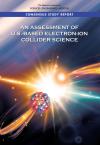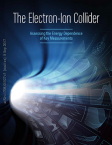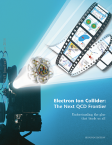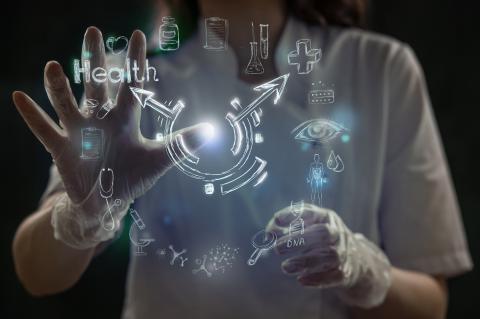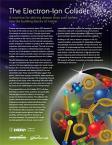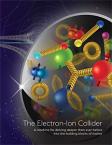Technology changes set pace for dynamic career
Information Systems Analyst Minh Tran immigrated from Vietnam to the U.S. in 1994 as a focused, 21-year-old determined to earn a higher education. He soon enrolled at Christopher Newport University and turned his attention to a burgeoning new area of study: computer science.
In the 1990’s, desktop computers were new to the mass consumer market and quickly becoming household staples. Tran, who was skilled in math, recognized that while language could be a barrier in many fields that attracted the mathematically oriented, computer science relied on similar skills and would open entirely new career opportunities that would not be limited by language barriers.
“I am very good at math and I like logical thinking, which often leads to a career in economics or banking,” Tran said. “English is my second language, so I wanted a career that I felt I could communicate completely in. At that time, computers and technology were relatively unknown as far as a university major. It was perfect for me and fit my nature.”
As a student, Tran was able to complete an internship at Jefferson Lab, which, he says, called for a much smaller team of computer scientists than it does now. That internship he credits, in part, with helping him get his first post-college job—as a software engineer for NASA’s Langley Research Center.
“When I first got into the job in programming, I was amazed by what we were doing,” Tran admits. “When I initially saw that some programs contain a thousand lines of code, it could be overwhelming. Then you adjust and learn about new ways to do things. Technology is always changing, and we adapt.”
Coming of age alongside his field
Tran was a toddler — “very poor” and living in Vietnam — in the 1970s when the computer was first introduced to the consumer market. As he has grown in his career, he has had a front-row seat to the dawning of large-scale, ubiquitous computer integration across the globe.
“Early in my career, I was writing programs to run aircraft flying simulations,” explains Tran. “Then I switched from hard-coding programming languages (C/C++) to web development—creating user interfaces to help the public easily find information they need on a website.”
For example, Tran says, his team at NASA used proprietary technology to aggregate large amounts of data analyses and reports, which have over millions of metadata records and full text documents. They then created an interface for the users to easily find the records and its documents online.
“In that case, we were using technology to communicate our work out to the public—to help them understand what NASA was doing and what we were trying to accomplish. We are showing how our teams contribute to the world and improve mankind.”
Varied uses of computer technology
When Tran moved from NASA to Jefferson Lab in 2021, he pivoted from creating public-facing interfaces to creating tools to help scientists with their experiments.
“NASA and Jefferson Lab are very similar environments—both focused on research and scientific work,” says Tran. “As computer scientists at the lab, we are supporting the researchers by doing anything that helps them effectively do their daily work and keep their data safe. We can make their software more reliable, secure, robust and resilient. And we provide the tools to keep their systems safe and secure as they focus on their research.”
In many cases, Tran works alongside researchers to develop concepts for interfaces, systems and software.
“An example of one type of project we are asked to help with is when a scientist has an old paper system that we can transform into a computer-based user interface that helps them improve their processes and deliveries,” says Tran.
Improving as a team
Just as technology continues to develop, so does Tran.
“Technology keeps changing, and you have to keep up-to-speed,” he says. “And cross training and learning from your team members are one of the best ways to keep up with the technology and pick up new technical skills. I just need to keep my mind open to new ideas as people working with me often know things I don’t know—that’s the nature of the field, in general.
“I really feel that being a teammate is a very cool thing,” he says. “With a team you can do anything. My team helps me be a better person in terms of my job—and me personally.” As for his career goals, Tran hopes to finish his career in the place it began.
“I feel like I’ve made a full circle being back at the lab,” he says. “I feel home again, and I feel good.”
By Carrie Rogers





